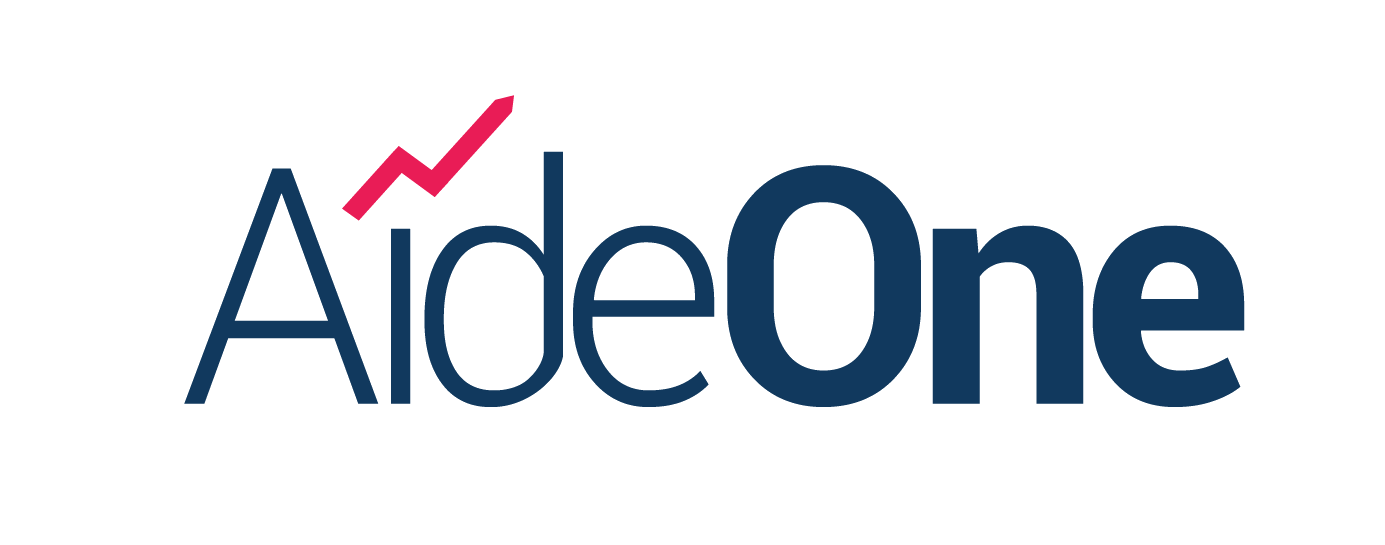From the articles
A FASTER YEAR-END CLOSE - A GOOD READ FOR BUSINESS OWNERS AND STAKEHOLDERS

In today’s competitive market, the accounting function needs to improve existing processes and, at times, infrastructure to achieve greater efficiency and accuracy. Faster closing gives an indication that the organization takes seriously its responsibility to report its financial position internally and externally.
When properly implemented, sound financial processes will improve information and deliver accurate data to decision makers throughout the entire year, and early enough to take corrective action. Fast and effective closing saves time, money, resources and minimizes re-work.
The production of timely and accurate financial information is essential all year round, driving the need for systems, processes, and procedures to be in place that accommodate all financial activities throughout the financial calendar year such as year-end reporting, month end, annual budgeting, tax and audit preparation, product profitability analysis, and quarter- or mid-year re-forecasting.
WHY IS IT IMPORTANT?
A faster year end close is a good indication of how well a company’s financial systems and procedures are performing. Fast and effective closing saves time, the time saved directly translates to time dedicated to performing value-added activities throughout the organization.
Faster Year end close aids sound financial management, better resource management, lowers risk, informs stakeholders, motivates staff and reduces turnover.
AREAS FINANCE DEPARTMENTS NEED TO WATCH OUT FOR AT YEAR END
- FINANCIAL REPORTING:
- Ensure all journal transactions are posted to date.
- Review all account balances with specific emphasis on Debtors, Creditors, Loan, Provisions and Accruals and other relevant accounts to the business.
- Review Fixed Asset Schedule to ensure Depreciation, Disposals, Addictions and possible impairments have been updated
- Bank Reconciliation
- Revenue Verification and Assurance
- Ensure all commitments not yet paid are accrued for and all necessary provisions are made at year end
- Inventory Review: Stock Taking, Verification and accounting for write-offs
- Current Tax/Deferred Tax Assets/Liabilities.
- TAX REPORTING
- Capital Allowance computation
- Verification of WHT Credit notes received
- Company Income Tax Computation
- Complete VAT remittances
- Complete WHT remittances
- PAYE remittances and verification
- Pension, NSITF, ITF and NHF remittances
- Business Premise and Development Levy remittance
- Others taxes include
Employees’ annual returns should be submitted by 31st of January to the relevant tax office while private business owners can file personal income tax by 31st of March.
- MANAGEMENT REPORTING:
- Review budget on all areas of the business against actual
- Comparative analysis of prior year performance with current year
- Access your critical business ratios – Liquidity, Efficiency, Profitability and Leverage ratios.
- A well-structured cash flow statement confirming profitability with actual cash.
- CHALLENGES TO CLOSING FASTER
- Lack of training: Ensuring that staff are properly trained in the proper use of systems and procedures is an essential part of a faster close. Doing things right the first time is more efficient than reworking down the line. Training staff on year-end procedures is vital for new staff, but an annual refresher will also remind existing staff of how to properly perform required procedures. A training session is also a good place to remind staff of the latest corporate or government changes.
- Passive support by senior management: The support of senior management is crucial to the success or failure of a faster close. Without the support of senior staff to put systems in place, a faster close is out of the question. Staff will not understand the importance of a fast close, and the effort will be viewed as wasted time if management does not actively participate in the process.
- Department buy-in: A good performance management system provides tools that will benefit many departments outside of finance. When all departments use the same system, ultimately data becomes transparent and the creation of reports and performing analysis becomes painless as well as raises the overall quality of the information provided.
- Inadequate systems: Using a good system will mitigate the need to create detailed procedures manually and can automate many of the steps involved when creating year-end reports.
- Failing to communicate: Failing to engage with staff from across the organization, both in terms of seeking their input on how processes and working practices could change and not communicating to them throughout the project, will potentially lead to failure.
- Poor communication with auditors: There are benefits of holding regular progress meetings with auditors that are attended by senior management. These meetings ensure that any potentially contentious issues are discussed at an early stage.
- ACHIEVING A FASTER CLOSE
- Improving financial control: Having effective financial management controls in place is crucial to managing a business effectively. This same system of control also allows auditors to conduct their audits more efficiently. When auditors deem that the controls are operating properly, only small sample sets will be tested as opposed to thoroughly examining large samples of transactions. An important test of the financial control system is preparing monthly and quarterly statements.
- Developing the management reporting function: Regular management reports have numerous advantages. Producing information throughout the year makes preparing the year-end reports easier, and it will also help departments track their resources and expenses throughout the year. This improved approach should, in turn, facilitate better decision making all year around. Up-to-date financial statements will also allow departments to re-allocate and re-prioritize their resources during the year to ensure corporate goals are met. This will not only benefit a faster close at year-end, but more effective management throughout the year as well as improved accuracy and efficiency.
- Ensuring effective project management: It is essential that each department manage their reporting projects effectively. Project planning should be part of the system used to manage and deliver year-end reports. Staff should be well briefed at the outset to ensure that expectations regarding the timeliness and quality of the information required are clear.
- BENEFITS OF A FASTER CLOSE
- Reliable financial information for users is available earlier knowing the real financial position allows management to make prompt, informed and effective decisions; and internal management can be better equipped in planning processes.
- Weaknesses in financial systems can be identified and corrected at the earliest opportunity, and the preparation and audit of financial statements provides a major opportunity for building this assurance about financial records.
- Improvements in financial procedures and systems necessary for earlier closure can have a much wider benefit for the administration of the authority.
- The production of financial statements with an unqualified audit report provides everyone with assurance of good financial governance.
- Early compilation of the financial statements allows members and officers to concentrate on current-year financial matters and future plans.
- Early and effective publication of the statement of accounts is being promoted as a key indicator of good financial management.
- The benefits of a faster closing are summarized below:
Summary checklist
- Raising the profile of the annual report and accounts
- Identify key stakeholders
- Identify the requirements of each stakeholder
- Ensure operating and financial review includes details of key figures and explains importance to user of the accounts
- Present accounts timetable to the management
- Review progress against timetable at each management meeting
- Management to consider annual report and accounts prior to submission for audit
- Improving internal financial controls
- Internal audit to provide copies of internal audit reports to external auditors
- Internal and external auditors to discuss how they will work together
- Use a performance management system that supports documented procedures, workflow and collaboration tools, reporting tools that expedite report creation and distribution, and automation tools to remove manual steps
- Fully implementing resource accounting and budgeting
- Review IT systems’ capabilities
- Prepare reports on a regular basis throughout the financial year
- Review skills of staff in the finance team and address skills gaps as necessary
- Effective project management
- Agree on a detailed timetable with auditors
- Translate this into a project plan
- Allocate tasks and brief staff on their responsibilities

